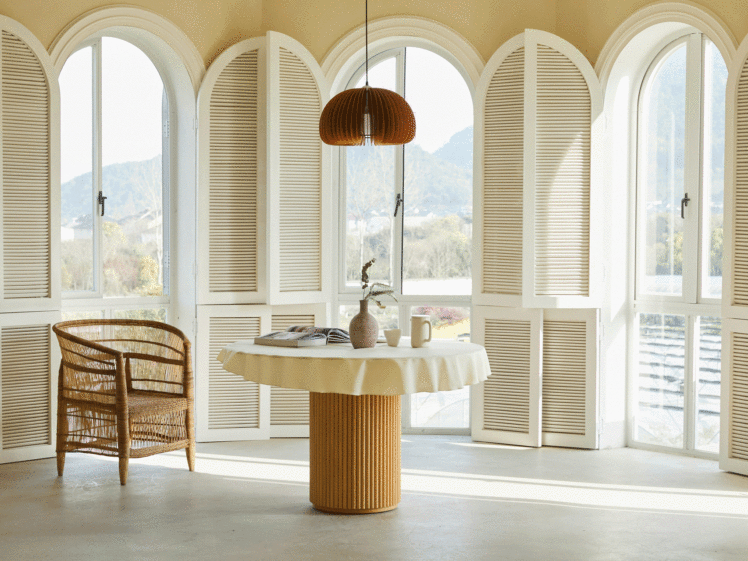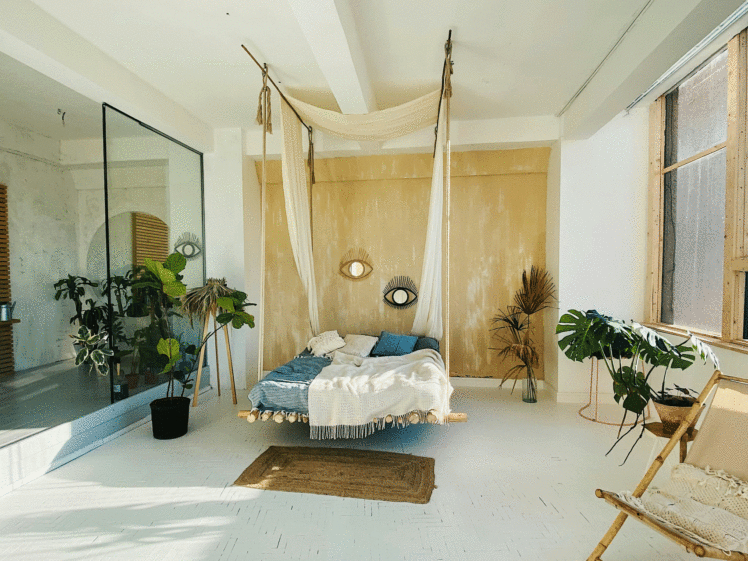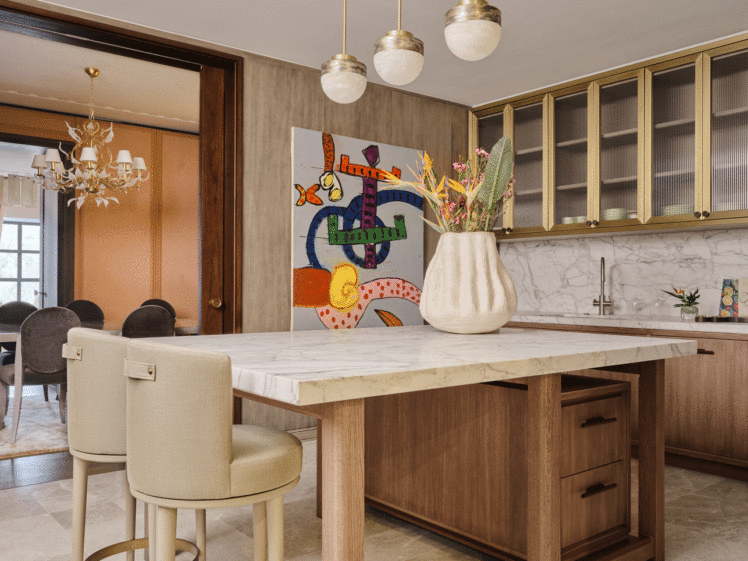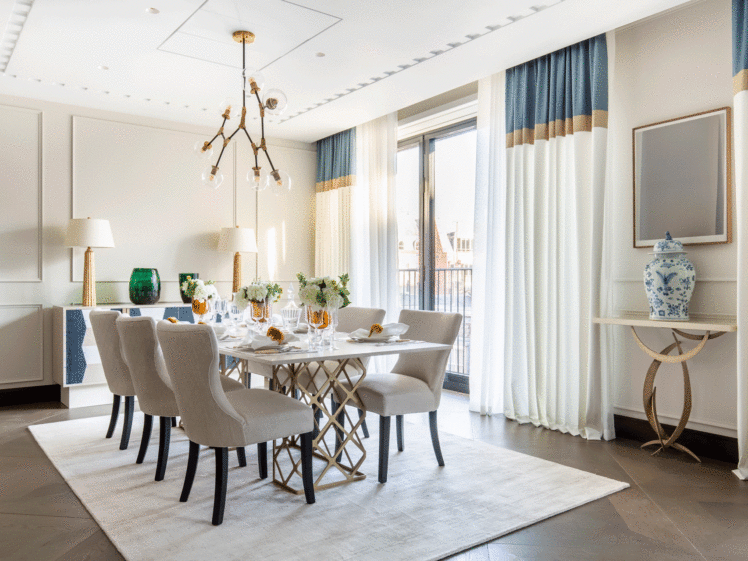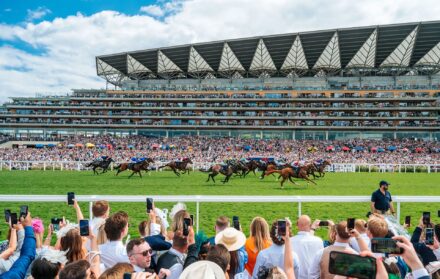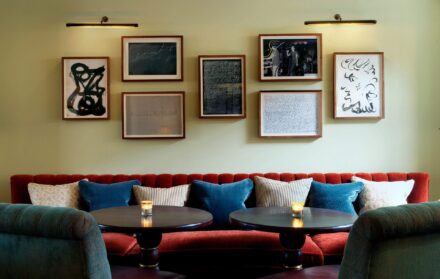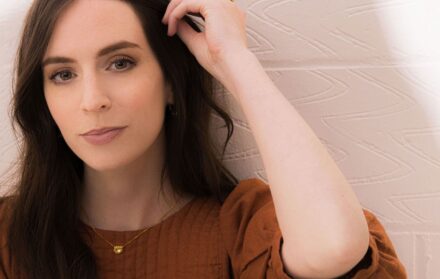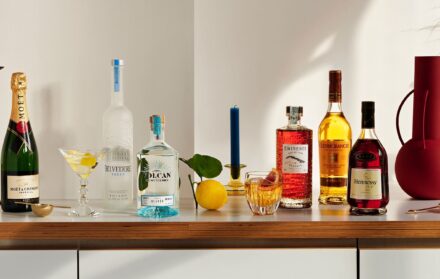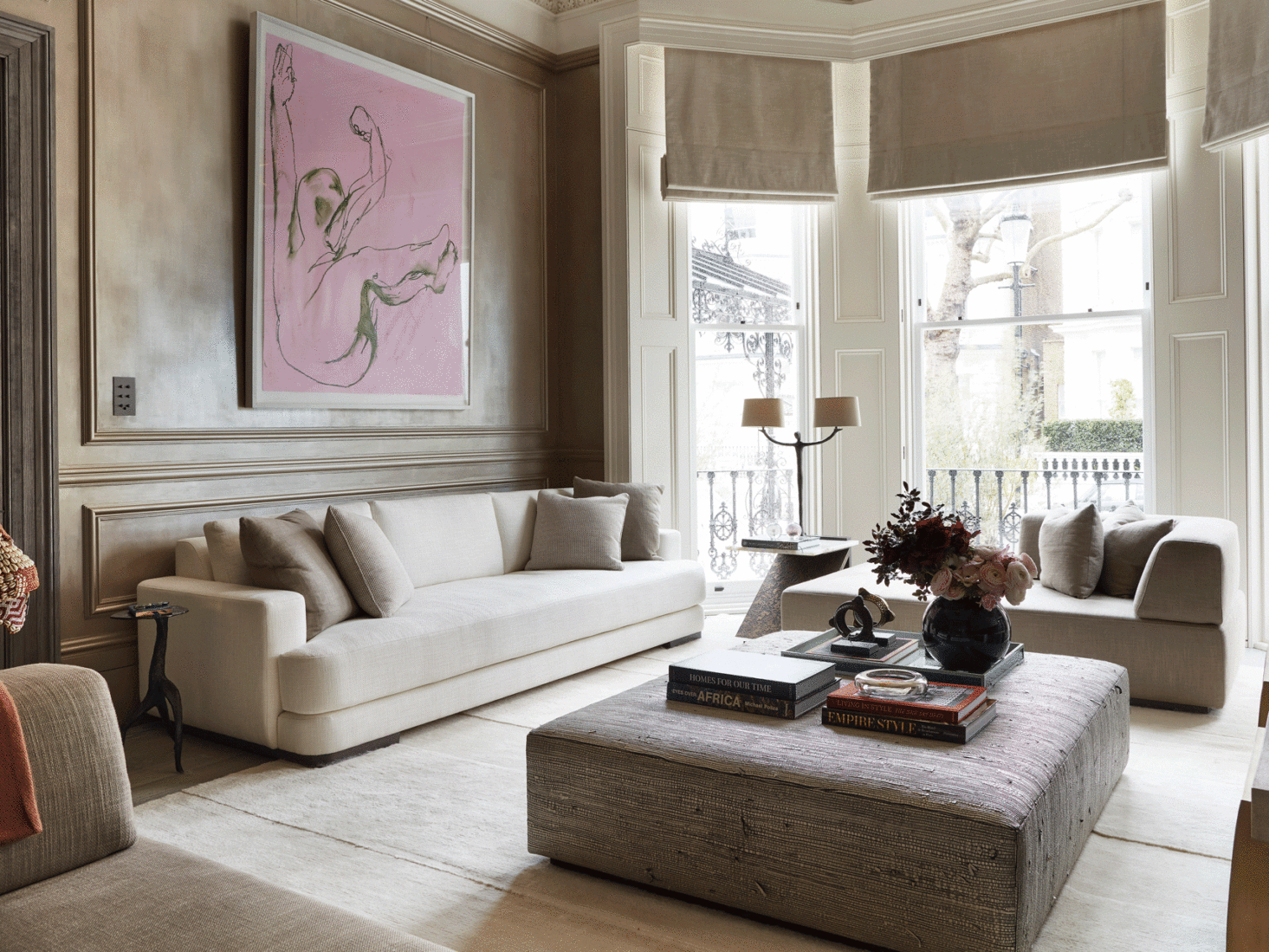
The interior design aesthetics guide: 10 looks for updating your home
Struggling with which direction to take when decorating your home? Find all the inspiration you’ll need here
When you’re moving into a new house, or doing up your old one, it can be difficult to know where to start. Your Instagram algorithm and Pinterest mood board throw up beautifully-staged spaces which you can never quite emulate. You know your interior design preferences, loosely, but they’re so difficult to bring to fruition.
To get your interior design journey on the road, first things first: settle on an aesthetic – put a name to your ambitions. Not sure where to start? We’ve put together a guide to the best-loved interior design aesthetics of the moment to help you choose.
Perhaps you’re a traditionalist, all about the coving, cornices and architraves. Or, indeed, a modernist, gravitating towards new materials and experimental shapes. Then there’s the question of where you stand on the minimalist to maximalist scale – is less or more, more?
In recent times, Scandinavian design has come to be viewed as the height of sophistication, but even more timeless, arguably, are the tenets of mid-century modern. Perhaps, when it comes to your furniture, you’re a bohemian, a coastal-dweller, or a wannabe farmer. Read on to find out.
Art Deco
This iconic style emerged during the Roaring Twenties, and is all about glamour and sophistication – think geometric shapes and stylised curves cast in luxurious materials such as marble, brass and chrome. Art Deco is not subtle, employing both colour and texture with abandon: velvet coexists with gold accents, mirrors meet jewel tones. However, employing the look in 2024 doesn’t mean dressing your house like Jay Gatsby’s mansion, but rather picking out select elements: a zigzag motif here, some fluting there. It’s about achieving a glitzy aura that feels nostalgic.
Boho
Boho is derived from ‘bohemian’, a concept that originated in the 19th century to describe free-spirited travellers, artists, and writers. The aesthetic was revived in the 1960s with hippies, who also rejected the conventions of society. In the world of interior design aesthetics, boho is similarly expressive, employing organic shapes, neutral colours and, usually, lots of plants. Materials also take cues from the natural world: deep pile rugs, chunky knit throws, and accents of rattan or jute. That said, boho doesn’t have to mean woven tapestries and pampas grass – instead lean on eccentric patterns and prints in wallpaper and murals.
Minimalist
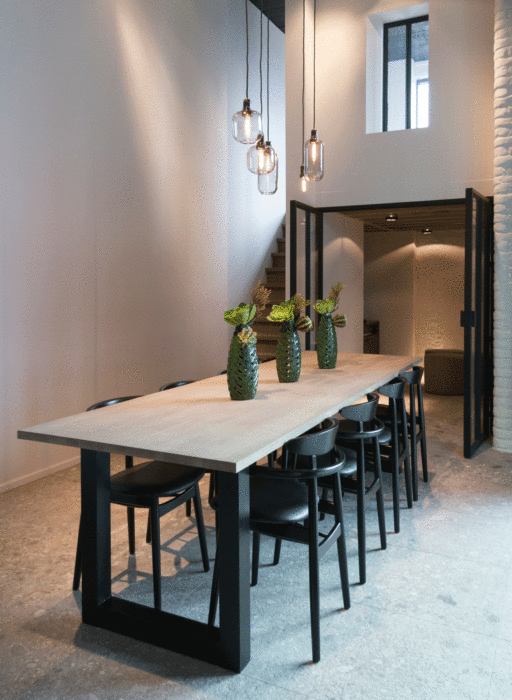
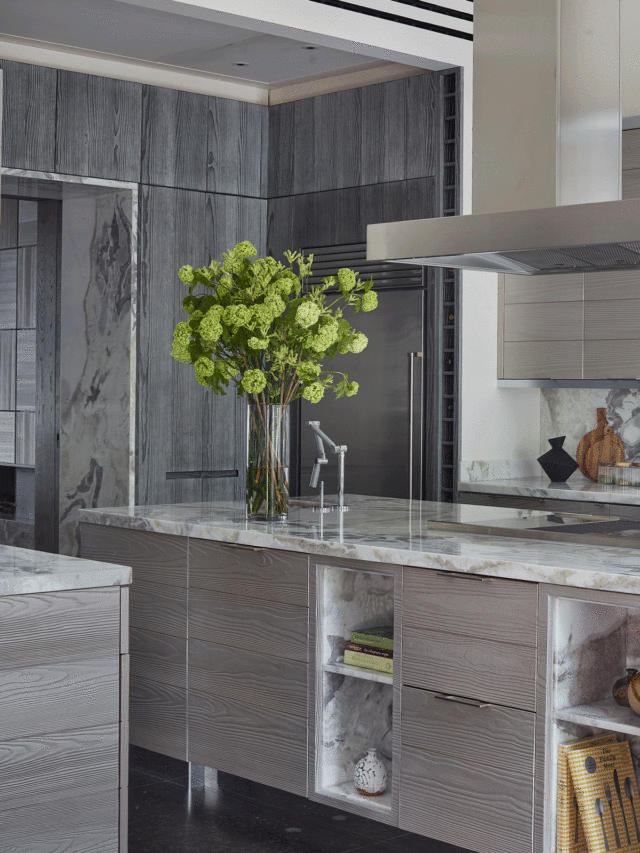
Studio Indigo. Photography: Luke White
Once considered the height of interior design sophistication, minimalism is now often maligned for looking soulless or un-lived in. And, to be fair, it can; successfully executing minimalism requires more than a white backdrop. The space needs to be light, airy, and ideally open-plan, and pieces need to be beautiful – deliberate. If you’re strategic enough about the furniture you choose, you can achieve simple, uncluttered, monochromatic heaven. This is the ultimate in statement interior design aesthetics.
Scandinavian
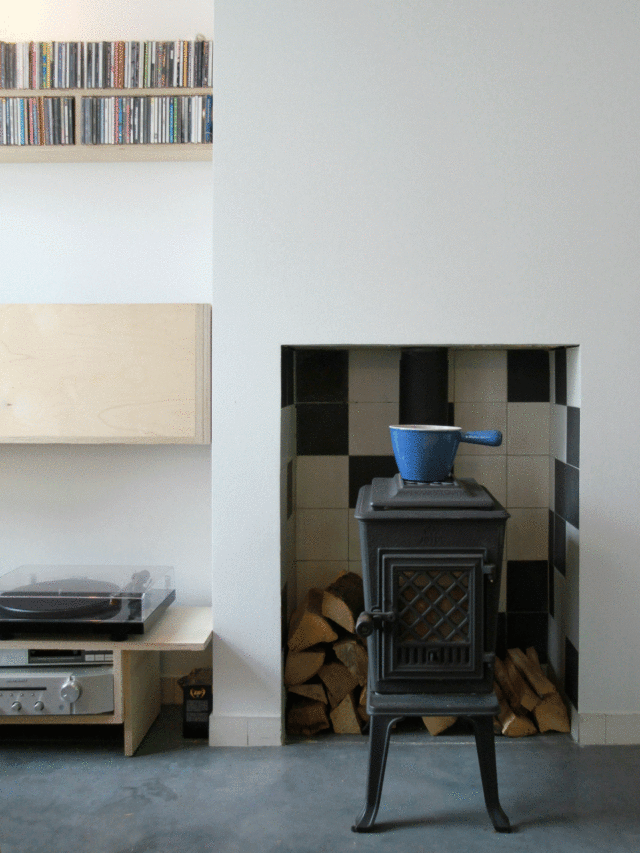
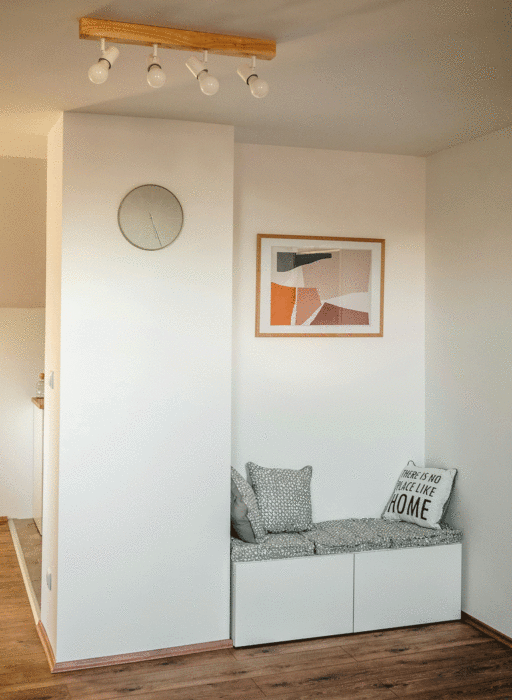
Scandinavian design found its identity in the 20th century, and remains one of the most popular styles of this century, thanks in no small part to Ikea, which champions the regional principles of functionality and simplicity. But we won’t be heading there for our Scandinavian rebrand. Nordic style has all of the perks of minimalism while also championing warmth and cosiness. It does so with pale wood and linen alongside sculptural lighting and statement ceramics. The look also employs earthy tones, but has no qualms with a splash of colour or two.
Coastal
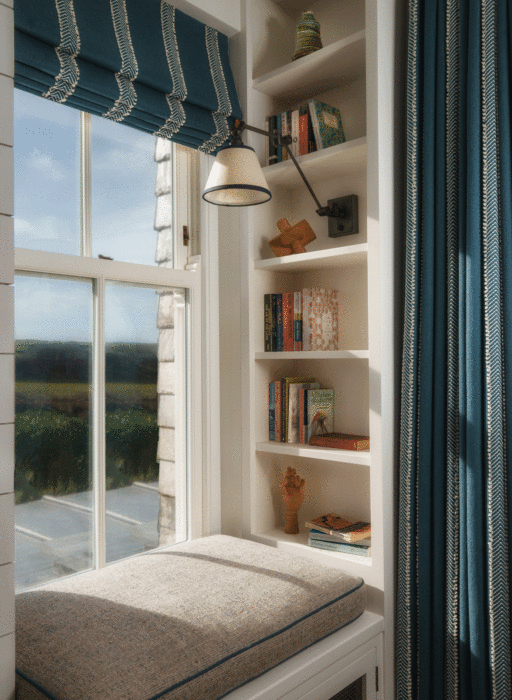
Howark Design
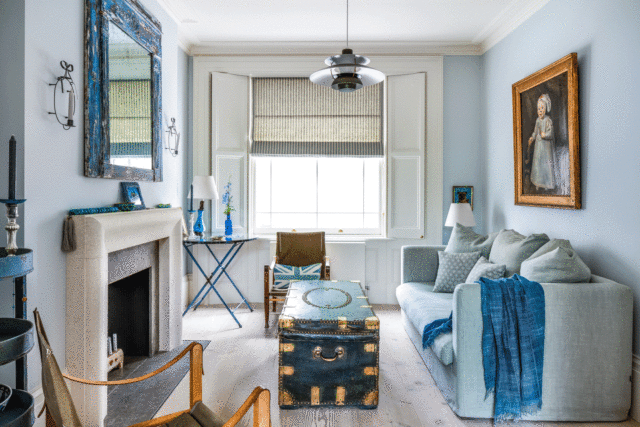
Studio Indigo. Photography: Andrew Beasley
Disclaimer: to achieve coastal interiors, you do not need nautical motifs. It might be helpful to combine crisp blues and whites, however, and organic textures like cotton and wood will go a long way. This is all about capturing the essence of a beach house – somewhere you can imagine sandy footprints across the floor and wet swimming costumes hanging up outside. This home should embody the calming effect of the sea.
Farmhouse
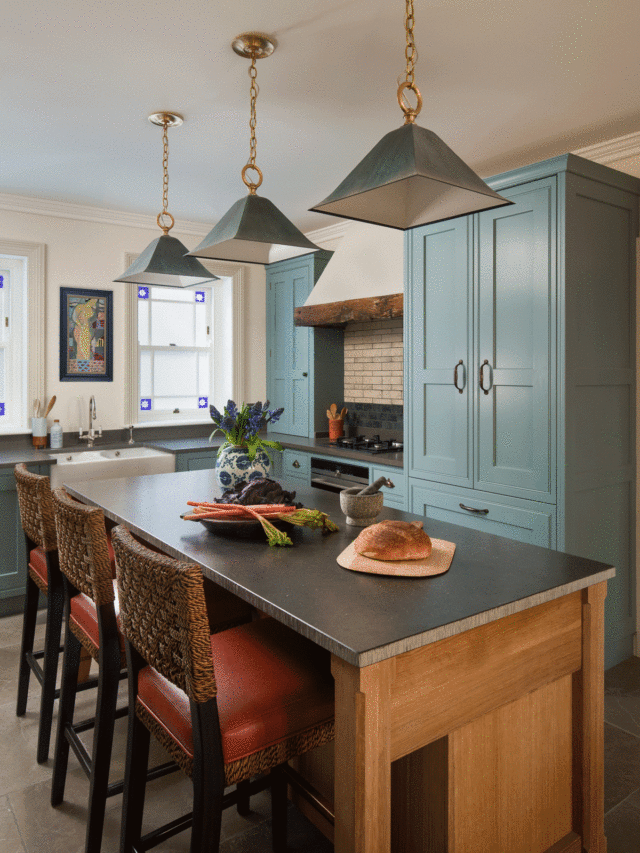
Howark Design

The farmhouse interior design aesthetic is all about exuding a rural, comfortable aura. It relies on traditional ideas, but always errs on the side of simplicity – think shiplap walls and harvest tables. The foundations of a country-style interior are exposed or reclaimed wood (in dining tables, flooring, cabinets, statement beams, you name it); some industrial elements such as exposed brickwork, if possible; and select patterns like stripes or plaid.
Mid-century modern
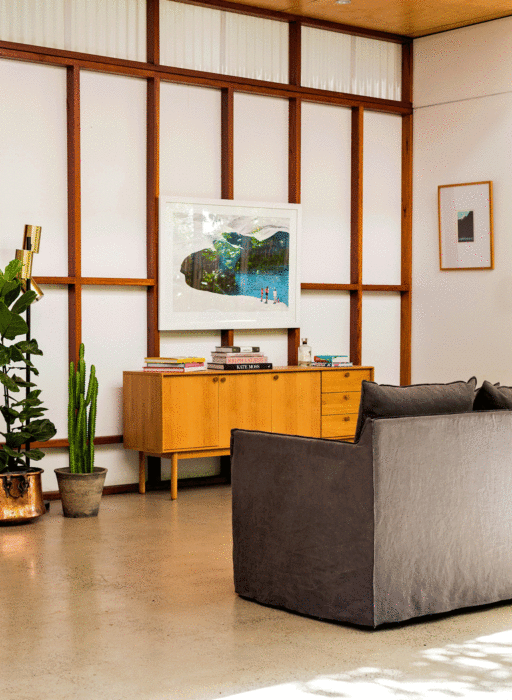
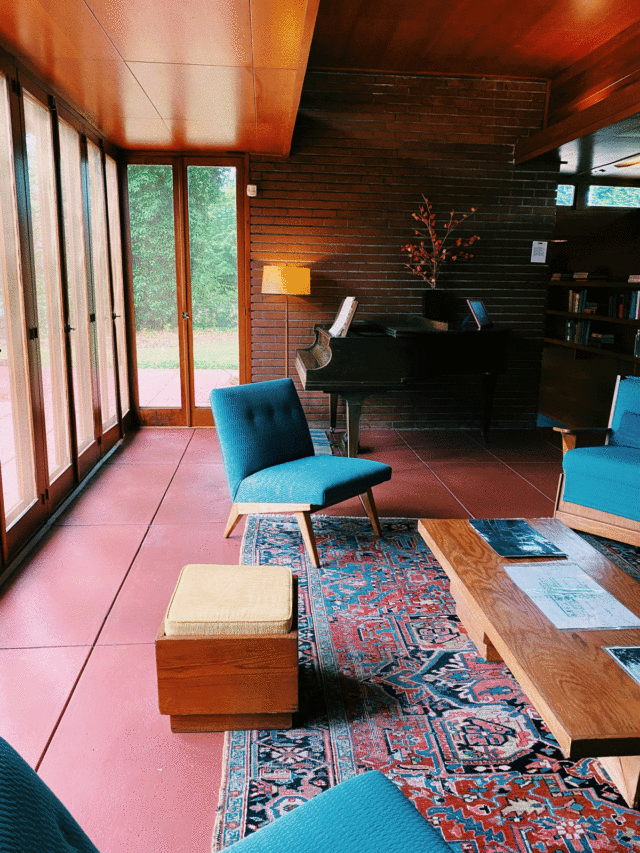
With its roots in the Industrial Revolution and post-war era, mid-century modern took shape in the 1930s and lasted through to the 1960s. Its aesthetics brought the geometric forms of Bauhaus into the Modernist era, resulting in an aesthetic that was sleek and practical, rejecting the ornamentation of Victorian design. Mid-century modern was based on the idea that furniture should conserve space, as well as principles of beauty and quality. This is proven by the profusion of iconic designers to have come out of the period: Ray and Charles Eames, Isamu Noguchi and Arne Jacobsen, to name a few.
Modern
There is no rulebook when it comes to modern design: it entails a multitude of styles, which simply need to have a fresh execution. The aesthetic should not be confused with minimalist decor: modern homes can be simple and unfussy or grand and opulent – they borrow from different interior design aesthetics while taking advantage of the artistic licence of not being beholden to a pre-existing set of design principles.
Traditional
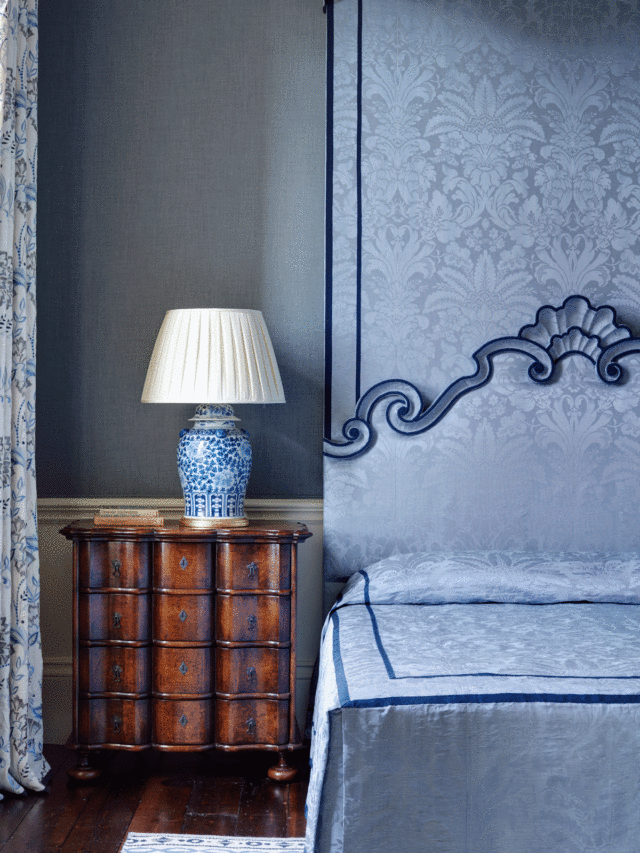
Studio Indigo. Photographer: Luke White

Studio Indigo. Photographer: Luke White
Similarly, traditional design is rooted in fashions of the past – generally from the 18th and 19th century – without being specific to any one period. The kinds of furniture, textiles and decor used feel familiar, and may reference certain movements: you might find an upholstered headboard alongside an antique painting, or Queen Anne chairs with a Chippendale dresser. ‘Traditional’ as a catch-all in design became popular in the 20th century as post-war suburbs boomed, and people yearned for the nostalgia of bygone eras. While decade-specific fads ebb and flow, traditional will always be in.
Maximalist
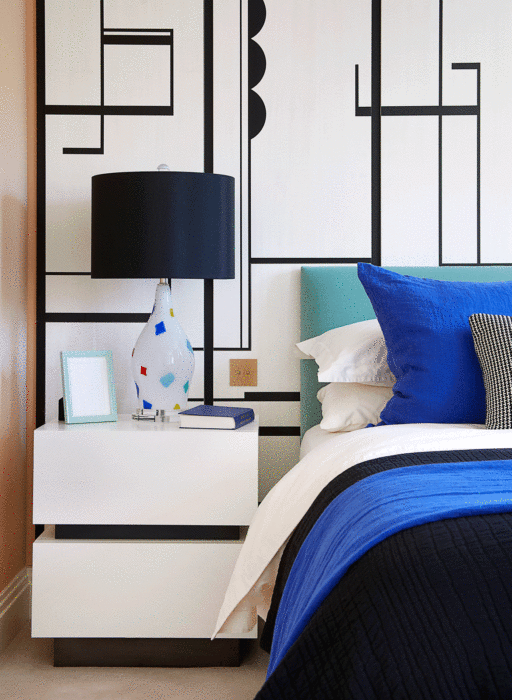
Studio Indigo. Photographer: Julian Abrams
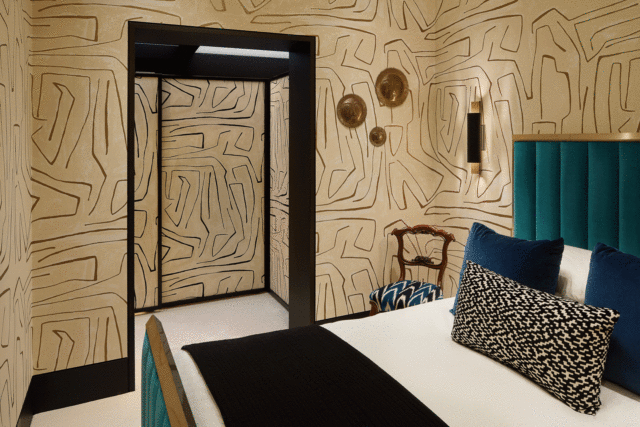
Studio Indigo. Photographer: Julian Abrams
It was modernist architect Ludwig Mies van der Rohe who coined the term ‘less is more’, but this is by no means doctrine. Some people are so drawn to colour and pattern that they have to have them all, all at once. And, while that may sound like a dog’s dinner (and, when done badly certainly can be), doing maximalism right can reap huge rewards. The key is to be refined in your abandon: if you’re a fan of botanical prints, layer with a Victoriana motif. Lean into clashing colours, mismatched patterns and statements furnishings, but inject some method into the madness.


